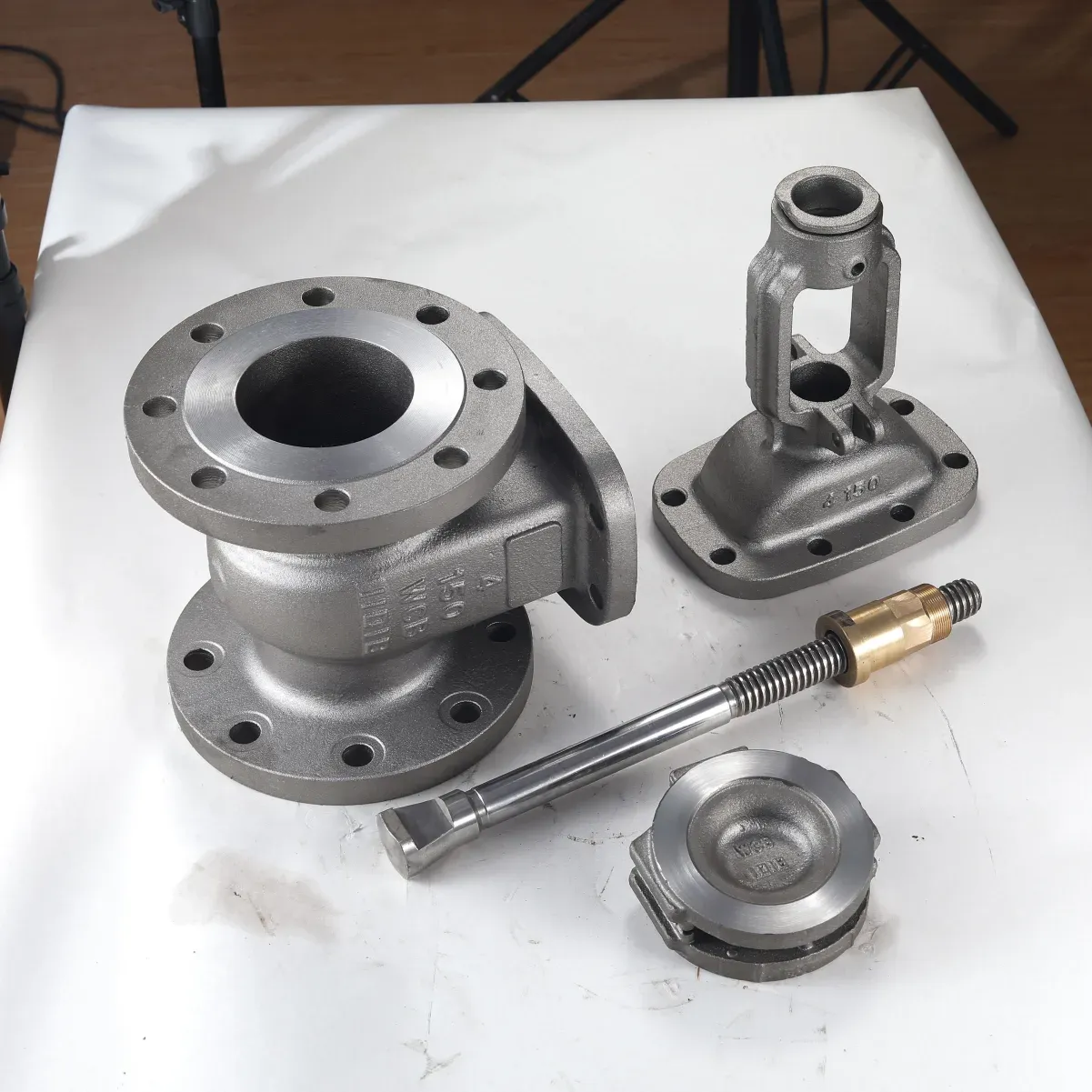different types of pipe fittings
Different Types of Pipe Fittings An Overview
Pipe fittings are essential components in plumbing and piping systems, allowing for connections, changes in direction, and adjustments in flow. Understanding the different types of pipe fittings is important for anyone involved in plumbing, construction, or home improvement. This article will explore some of the most common types of pipe fittings, their functions, and applications.
1. Elbow Fittings
Elbows are one of the most widely used pipe fittings. They are designed to change the direction of the flow within a piping system. Elbows typically come in two standard angles 90 degrees and 45 degrees. A 90-degree elbow is used when the direction needs to be changed sharply, while a 45-degree elbow allows for a more gradual change. They are available in various materials, including PVC, CPVC, steel, and copper, making them suitable for diverse applications.
2. Tee Fittings
Tee fittings allow for the branching of the pipeline into two directions. Shaped like the letter T, these fittings have three openings one for the main pipeline and two for the branches. Tees can be used for connecting pipes of the same diameter or for making transitions between different diameters. They are commonly used in plumbing to distribute water to faucets, toilets, or other fixtures.
3. Cross Fittings
Cross fittings are similar to tees but have four openings instead of three. They are used when three pipes need to connect at a single point, allowing for a more complex branching system. Cross fittings are less common than tees and are often used in more intricate piping systems where multiple lines intersect.
4. Couplings
Couplings are used to connect two pieces of pipe in a straight line. They can accommodate pipes of the same diameter or different diameters with the appropriate coupling. Couplings provide a secure and reliable connection and are often used in situations where pipes need to be extended or repaired. There are two main types of couplings regular couplings and slip couplings. Regular couplings require the ends of the pipes to be cut cleanly, while slip couplings can be slid over an existing pipe, allowing for easier installation.
different types of pipe fittings

5. Adapters
Adapters are fittings that allow for the connection of different types or sizes of pipes. They can be essential when transitioning between different materials, such as metal to plastic, or different pipe sizes. Adapters come in various configurations, including male and female threads to facilitate connections between threaded pipes.
6. Caps and Plugs
Caps and plugs are used to seal the ends of pipes. A cap fits over the end of a pipe, while a plug fits inside the pipe. These fittings are essential for closing off lines that will not be used or for temporarily stopping the flow in a section of the pipe. They help prevent leaks and maintain pressure in the system.
7. Bushings
Bushings are fittings that allow for the connection of pipes of different diameters. They are typically used within fittings such as tees or elbows where a change in size is required. Bushings can have male or female threads, enabling easy installation with threaded pipes.
8. Valves
While technically not fittings, valves play a crucial role in a piping system. They regulate the flow of fluid within the pipes. Various types of valves include ball valves, gate valves, and check valves, each serving distinct purposes within a system. For instance, ball valves offer excellent control over flow and are commonly used in shut-off applications.
Conclusion
Understanding the different types of pipe fittings is critical for anyone working with plumbing or piping systems. Each fitting serves a specific purpose, contributing to the overall functionality and efficiency of a system. Whether you are involved in professional plumbing, DIY projects, or construction, knowing how to select and use the appropriate fittings can help create a reliable and effective piping network. Always consult with a professional if you are unsure of which fittings to use for your particular application to ensure safety and efficiency.
-
3-types-of-check-valves-maintenance-tipsNewsAug.23,2025
-
ball-valves-types-with-trunnion-mounted-designNewsAug.23,2025
-
butterfly-valve-company-production-capabilitiesNewsAug.23,2025
-
fisher-globe-valve-technical-specificationsNewsAug.23,2025
-
types-of-gaskets-for-flanges-selection-guideNewsAug.23,2025
-
wedge-gate-valve-suppliers-quality-standardsNewsAug.23,2025
-
Breakthrough in Domestic Low Temperature Valve Technology in ChinaNewsAug.18,2025




